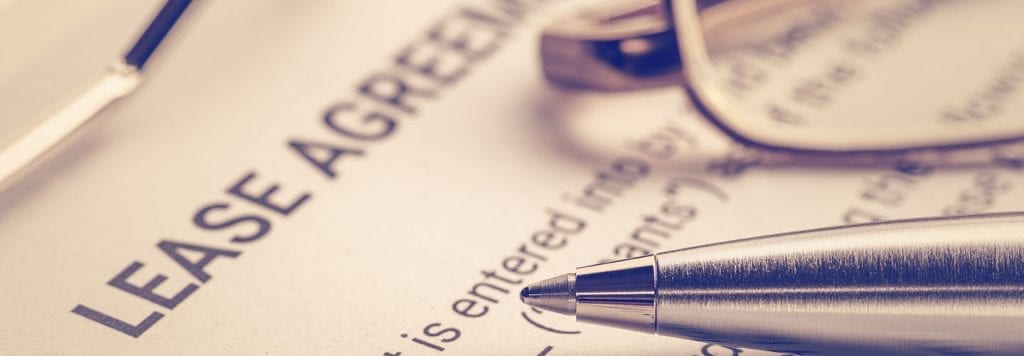
Changes Imminent For Companies That Lease Equipment & Real Estate
If you own or operate a U.S.-based business and lease property and/or equipment within that business, a new U.S. Generally Accepted Accounting Principles (“GAAP”) will soon govern those leases and the date for implementation is fast approaching. This article will highlight what you can expect with the new lease accounting standard and why it will likely have a significant impact on companies that report using GAAP financial statements.
On February 25, 2016, the Financial Accounting Standards Board (“FASB”) published Accounting Standards Update (‘ASU”) 2016-02, Leases, Accounting Standards Codification (“ASC”) 842, the much anticipated new standard on accounting for leases.
The new lease standards, ASC 842, require significant changes in the accounting treatment of leases under GAAP. Entities that hold numerous equipment and real estate leases – particularly those with operating leases – will be most affected by this new guidance.
What Should You Do To Prepare & Why Should You Prepare Now?
Lease guidance was first developed in 1976 was criticized for failing to meet financial statement users’ needs. Critics contended that it didn’t always provide a faithful representation of leasing transactions — nor did it recognize assets and liabilities on the balance sheet arising from long-term operating leases.
So the FASB introduced ASC 842, which supersedes FASB ASC 840 and applies only to the leasing of property, plant, and equipment. The intention of ASC 842 is to address off-balance-sheet financing concerns related to lessees’ operating leases. Its overall purpose is three-fold:
- Increase transparency and comparability among organizations by recognizing the assets and liabilities that arise from nearly all lease transactions;
- Provide lenders and other users of financial statements a more useful picture of the long-term financial obligations of companies; and
- Eliminate off-balance-sheet accounting by providing investors and other users of financial statements with a better representation of an organization’s leasing activities.
Before the introduction of ASC 842, GAAP required only what are called “capital leases” to be recognized on the balance sheet. With the new guidance, lessees will be required to recognize the following for both finance leases (formerly capital leases) and operating leases whose terms exceed 12 months:
- A lease liability, which is the lessee’s obligation to make lease payments under leases (discounted to present value)
- A “right-of-use” asset, which represents the lessee’s right to use or control the use of an asset for the term of the lease
With this new treatment, off-balance-sheet leases will have to be brought onto the company’s books, and that will almost certainly require companies to update their lease systems and processes, as well as their internal controls. Under the new standard, lessor accounting will remain similar to current GAAP, though the new standard contains language that better aligns lessor accounting with the lessee accounting model.
For public companies, the effective date of this new pronouncement is fiscal years beginning after Dec. 15, 2018, and interim periods within those fiscal years (so public companies have already gone through the transition).
For other organizations, the effective date is fiscal years beginning after Dec. 15, 2021, and interim periods within fiscal years beginning after Dec. 15, 2022. Early adoption is also permitted.
In addition, the introduction of new lease-related assets and liabilities to the balance sheet may also have a significant impact on compliance with contractual agreements and loan covenants. Therefore, companies should address these concerns with lenders and other third-party users of the financial statements.
Although the effective date for private entities is essentially for calendar year 2022, it is critical for entities to begin assessing their lease agreements and start discussions with their lenders and other users of their financial statements. Getting out in front of this significant change in accounting for leases will help make the transition go much more smoothly.
Rea and Associates professionals are here to help. If you have questions on how this will impact your business contact us; we will be happy to assist you.
By Cody Niese, CPA (Lima office)
Looking for more insight into your GAAP responsibilities? Check out this resource:
[ARTICLE] Save Money, Enhance Value With Outsourced Accounting
